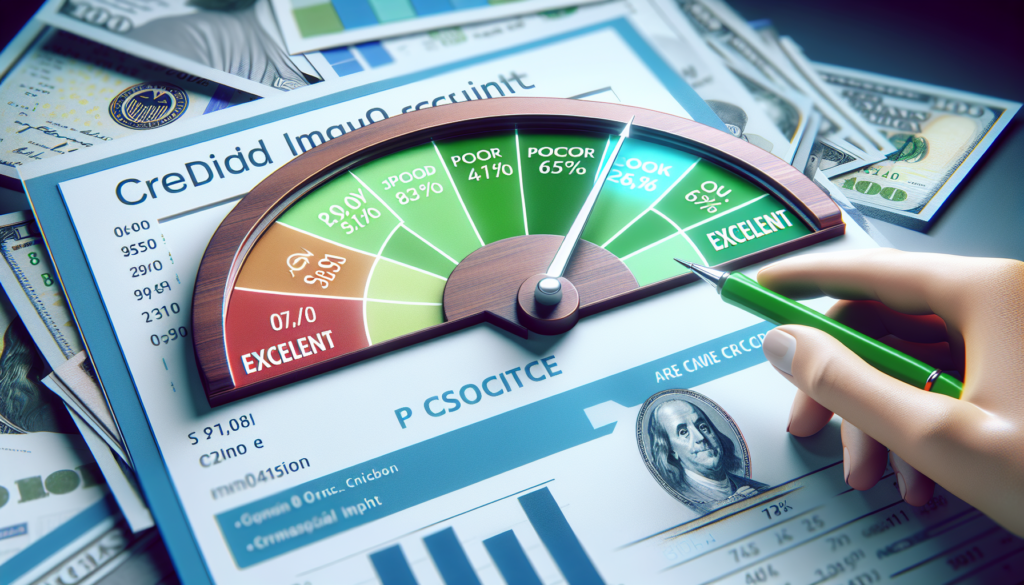
After filing for bankruptcy, your credit score will inevitably take a hit. The impact of bankruptcy on your credit score can vary based on your entire credit profile, including the amount of debt discharged and the proportion of negative to positive accounts on your credit report. Immediately after filing for bankruptcy, it’s common to see a significant drop in your credit score. However, “good” is a relative term when it comes to credit scores post-bankruptcy.
Understanding the Impact
- Chapter 7 Bankruptcy can remain on your credit report for up to 10 years from the filing date, while Chapter 13 Bankruptcy is typically removed after 7 years. The immediate impact of bankruptcy is usually a substantial decrease in your credit score. For someone with a high credit score, this drop might be more pronounced compared to someone with a lower score pre-bankruptcy, due to the way credit scoring models work.
Rebuilding Credit Post-Bankruptcy
- Initial Scores: Immediately after bankruptcy, it wouldn’t be unusual for someone’s credit score to fall into the “Poor” category, as defined by most credit scoring models (e.g., a FICO score below 580). However, this doesn’t mean you’re stuck with a poor score for the duration of the bankruptcy’s appearance on your credit report.
- Improvement Over Time: With diligent effort, your credit score can start to improve even before the bankruptcy drops off your report. Engaging in positive credit activities, such as responsibly using a secured credit card, making consistent, on-time payments, and keeping low credit utilization, can help rebuild your credit score gradually.
Setting Realistic Expectations
- Short-Term Goals: In the immediate aftermath of bankruptcy, aiming for a “Fair” credit score (580-669 for FICO scores) is a more realistic short-term goal. Achieving a “Good” credit score (670-739 for FICO scores) will take time and consistent financial behavior.
- Long-Term Improvement: As the bankruptcy becomes older and you continue to add positive information to your credit report, you can eventually see your score return to a “Good” range or even higher. This process typically takes a few years of disciplined credit management.
Examples of Credit Score Recovery
- Example 1: John filed for Chapter 7 bankruptcy when his score was around 680. Immediately after the bankruptcy, his score dropped to 530. By obtaining a secured credit card and making all his payments on time, John saw his score improve to 600 within a year.
- Example 2: Sarah’s credit score was 620 at the time of her Chapter 13 filing. After the filing, her score dropped to 560. Through consistent payments under her Chapter 13 plan and careful use of a secured credit card, her score improved to 640 in three years.
While there’s no definitive “good” credit score immediately after filing for bankruptcy, setting realistic goals for credit improvement and engaging in positive credit behaviors can help you rebuild your credit over time. The journey to recovering your credit score post-bankruptcy is gradual, requiring patience and disciplined financial management.

Get a Free Bankruptcy Case Evaluation